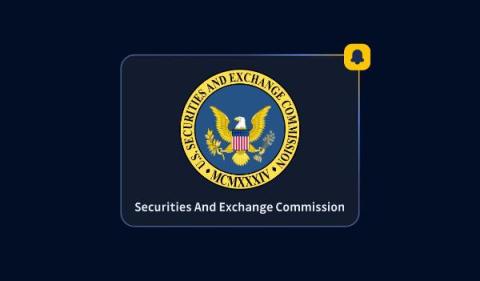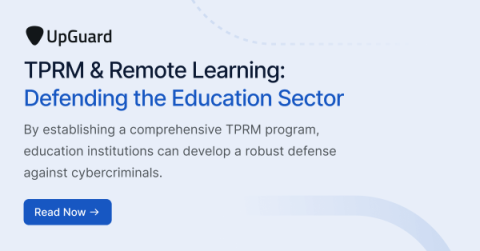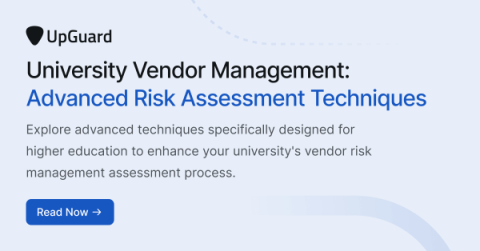The Role of Self-Attestation in Compliance: Benefits and Challenges
Self-attestations are an increasingly popular tool for cybersecurity compliance frameworks such as the National Institute of Standards and Technology (NIST) Cybersecurity Framework and the Cybersecurity and Infrastructure Security Agency (CISA) directives. The idea is that organizations attest to meeting specific security controls and requirements without third-party validation.








